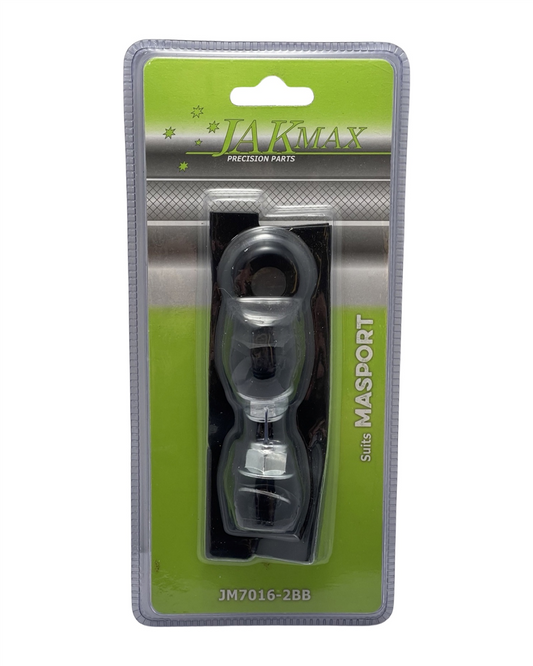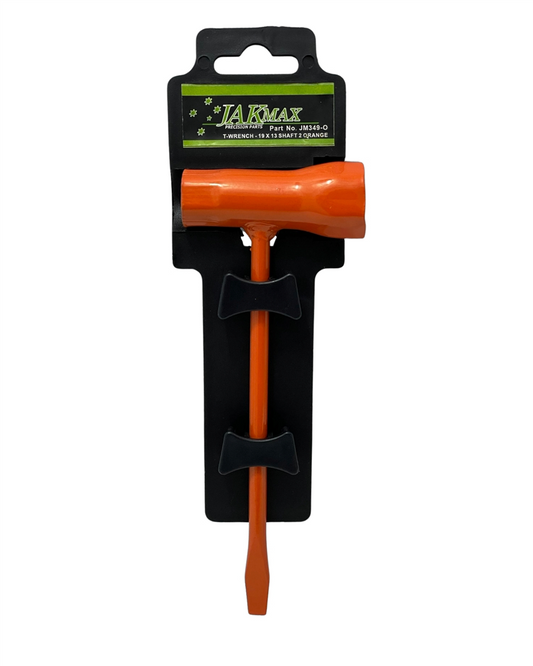How to grow shallots for the richest flavours in your kitchen
Share
Growing Shallots: The Secret Ingredient to Elevate Your Home Cooking
Picture this: you're in the kitchen, prepping a meal, and you reach for your trusty shallots. You slice into one, and the sweet, delicate aroma fills the air. It’s richer than anything you’ve bought at the supermarket. Why? Because you grew it yourself!
Shallots aren’t just another allium. They bring a depth of flavour that garlic and onions can’t replicate. They roast into caramelised perfection, add a subtle zing to salads, and turn sauces silky and flavour-packed. And the best part? They’re surprisingly easy to grow—even for those just starting out in the garden.
Why Grow Your Own Shallots?
Supermarket shallots do the job, but fresh, homegrown ones? They’re next level. When you harvest them from your own garden, you know they’re pesticide-free, fresh, and bursting with flavour. Plus, growing your own means a near-endless supply of this gourmet staple.
Getting Started: The Best Variety for Beginners
Shallots come in a few varieties, but if you’re just starting out, stick to the golden-brown ones. They’re hardy, fast-growing, and adapt well to different conditions. Look for planting sets rather than seeds—they’ll establish faster and give you a better yield.
The Ideal Spot for Planting
Shallots love the sun. Find a sunny spot in your garden with well-drained soil. Raised garden beds or large pots work well if your backyard soil is a bit on the heavy side. They don’t need a lot of space, so even a small garden can accommodate a decent crop.
How to Plant for the Best Flavour
- Prep the soil: Enrich it with compost and a handful of organic fertiliser to give your shallots a strong start.
- Planting depth: Push each bulb into the soil so just the tip sticks out. Space them about 15cm apart.
- Water sparingly: Shallots hate soggy soil. A light water once or twice a week is plenty.
The Magic of Mulching
A layer of straw or sugarcane mulch helps keep weeds at bay and locks in moisture. It also prevents soil from splashing onto your shallots, keeping them clean and healthy.
Patience Pays Off: When to Harvest
After about four months, the tops of your shallots will start to yellow and fall over. That’s your cue! Pull them up, let them dry in a warm, airy spot, and they’ll be ready for your next culinary masterpiece.
Storing Your Homegrown Gold
Keep shallots in a dry, cool spot, and they’ll last for months. If you fancy an endless supply, save a few bulbs for replanting next season.
Final Tip: The Secret to Intensifying Flavour
For the richest shallot flavour, don’t rush the process. Let them mature fully before harvesting and make sure they dry out properly before storing. This ensures the taste is deep, sweet, and complex—far better than anything store-bought.
Growing shallots isn’t just about having a fresh supply on hand. It’s about elevating your dishes with flavours that only homegrown ingredients can bring. So, what’s stopping you? Grab a few bulbs, find a sunny spot, and let the magic unfold in your own backyard!
Happy gardening!
Candeece

Stay Connected
Join our gardening community on Facebook at Urban Gardener's Notebook
And follow our Store Facebook Page: Strathalbyn H Hardware on Facebook









